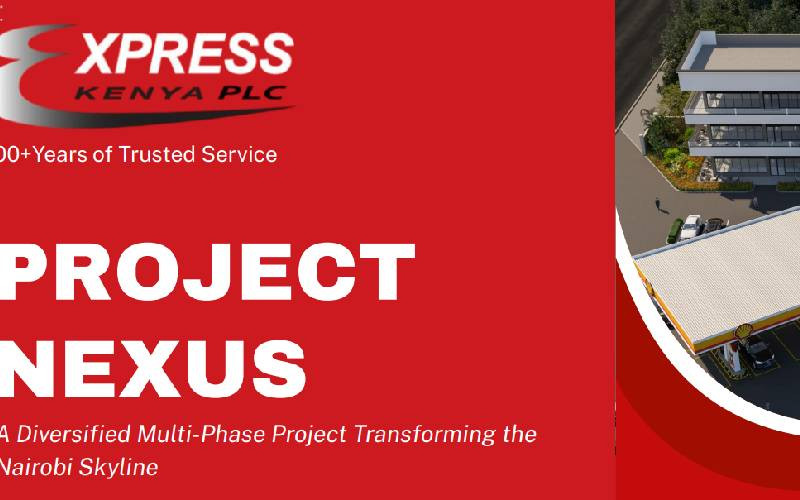×
The Standard e-Paper
Kenya's Bold Newspaper

Construction is the most vibrant sub-sector in arid and semi-arid counties according to a recent ranking by Kenya Institute for Public Policy Research and Analysis (Kippra).
The agency attributes this to rapid urbanisation and increased development allocations by devolved units.







